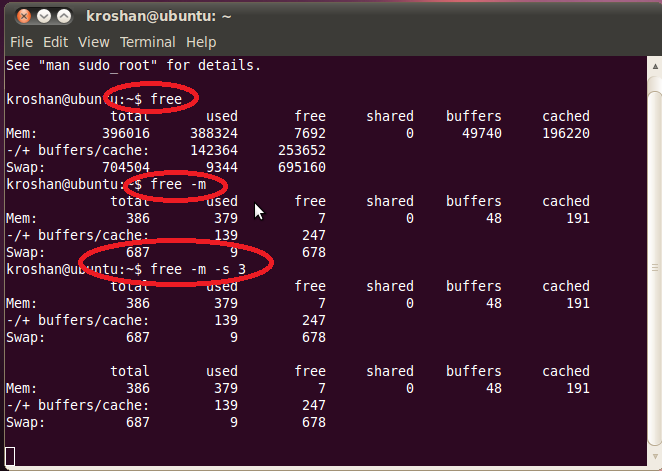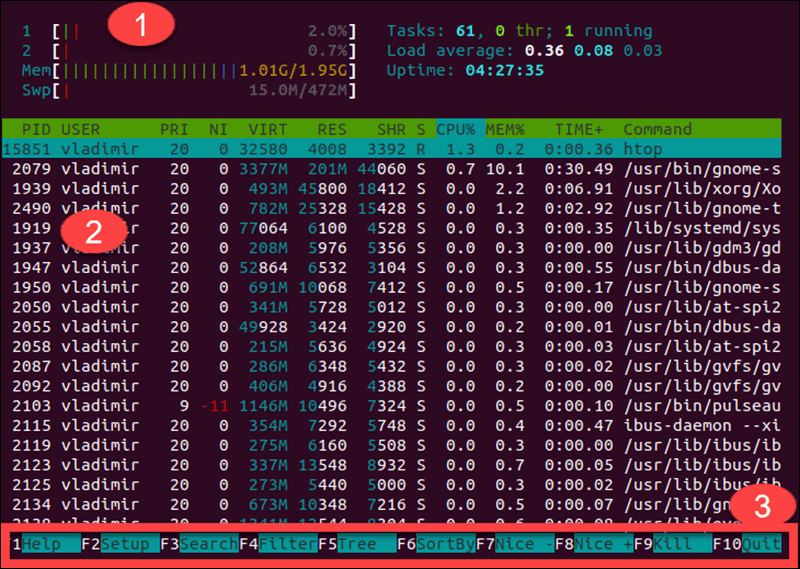
The CPU line will look something like this:ġ.6%us: This tells us that the processor is spending 1.6% of its time running user space processes. This list can be sorted by PID, CPU usage, memory usage, and so on. Beneath these stats is a live list of the current running processes. The first few lines give a summary of the system resources including a breakdown of the number of tasks, the CPU statistics, and the current memory usage. The output from top is divided into two sections. Running the kernel, servicing interrupts or managing resources. Running a user space program, like a command shell, an email server, or a compiler. The top command shows how much processing power and memory are being used, as well as other information about the running processes. By default, the processes are ordered by percentage of CPU usage, with only the “top” CPU consumers shown. The top command produces a frequently-updated list of processes. CPU utilization should not be confused with CPU load. CPU utilization may be used to measure system performance. Certain tasks require heavy CPU time, while others require less because of non-CPU resource requirements. Actual CPU utilization varies depending on the amount and type of managed computing tasks. 4 You can use Some more basic commands for top:ĬPU utilization refers to a computer’s usage of processing resources or the amount of work handled by a CPU.3 Command line tools to monitor CPU utilization and Linux performance:.2.4 The CPU line will look something like this:.2 CPU utilization should not be confused with CPU load.1 CPU Utilization and how to monitor high CPU usage in Linux.The best way to install the htop is using snap because it works well on any of the Linux distros. In most of the distros, the top is installed by default, and we have to install the htop manually. In this, we can also scroll horizontal as well as vertical. As compared to the top, the htop UI has better quality. The htop's default display is more user-friendly.

On the other hand, the htop command offers a better quality-of-life experience. In terms of system monitoring both commands offer the same functionality. st: st is the time lost for running a virtual machine, which is also called "steal time.".si: si is the time spent servicing software interrupts.hi: hi is the time spent servicing hardware interrupts.wa: wa means the amount of time spent waiting for I/O request to complete.ni: ni is the time spent to run the process with a custom (manually set) excellent value.sy: sy is the time spent running "kernel space" processes.



 0 kommentar(er)
0 kommentar(er)
